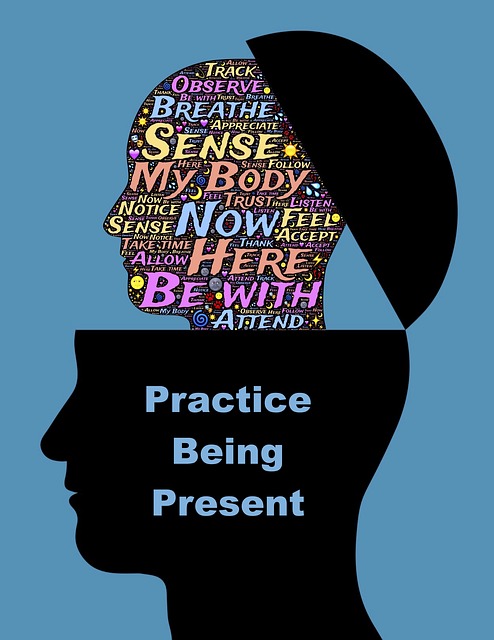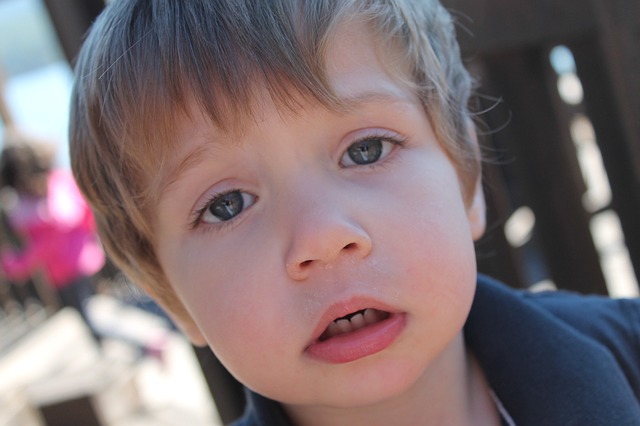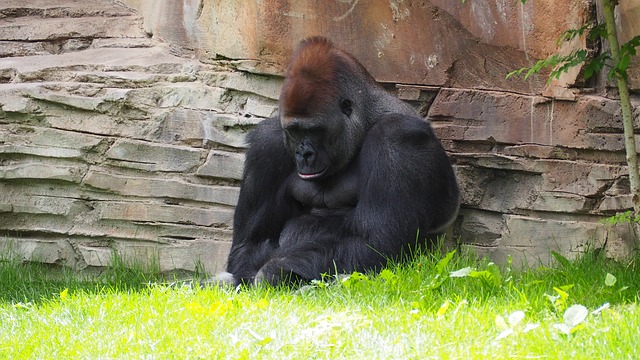There are times when we have great difficulty making a decision. We may be confused by the many options, daunted by the task and overly concerned about the outcomes. Sometimes, if we are anxious, even relatively small decisions can leave us paralysed.
Decision making can be painful particularly if you can see multiple options and your anxiety grows with the inability to choose between them. Sometimes this anxiety is driven by a perfectionist streak – we may want to make sure we make the right or perfect decision. Unfortunately, this is rarely obtainable because we are often making decisions in the context of inadequate information. The information we do have may be clouded by our emotions or attachment to a particular option or outcome.
Indecisiveness too can be compounded for different personality types. For example, the Myers-Briggs Personality Type Indicator suggests that people who have a Perceiving (“P”) type personality prefer to remain open and gather more information before making a decision, while the Judging (“J”) type personality likes to get things decided. These personality traits can lead either to an inability to make decisions or the habit of making hasty decisions to relieve the tension of decision making.
Improving decision making through mindfulness meditation
Diana Winston from MARC at UCLA provides a meditation podcast to enable improved decision making. She suggests that we can use mindfulness to focus on our thoughts and emotions during the decision-making process. In her view we can learn to be present to whatever decision making turns up for us. We can use the principles of mindfulness to bring awareness to the discomfort of trying to make a decision.
Sometimes this will involve showing self-compassion towards ourselves – accepting that we cannot make the perfect decision, even with full information. It requires acceptance of the fact that our decision making will be inadequate at times, but that this will provide the opportunity to learn and grow. Mindfulness meditation can enable us to make the best decision possible at the time, uncontaminated by emotions that can cloud our judgement.
If we bring openness and curiosity to what we are experiencing during decision making, we can name our feelings and learn to control them. We can better understand the patterns embedded in our decision-making processes. For instance, we may find that once we have to make a decision, we automatically drop into negative thinking which generates anxiety about the possible outcomes. Through mindfulness meditation we can learn to control these negative thoughts and focus on addressing the issue and the information available without our negative thinking confounding the issue.
If our thoughts keep wandering or negative thoughts intrude during the process of mindfulness meditation, focusing on sounds can help anchor us as listening is a natural process that we can do with minimal effort. Listening to sounds can enable us to return to mindful decision making.
As we grow in mindfulness, we can learn more about the pattern of thoughts and emotions behind our decision making, bring them into the spotlight, and develop better self-management techniques so that our decision making is not delayed unduly or contaminated by negative thoughts and emotions. We can learn to be more compassionate towards ourselves. Mindful breathing can help us too to manage the tension of decision making.
By Ron Passfield – Copyright (Creative Commons license, Attribution–Non Commercial–No Derivatives)
Image source: courtesy of johnhain on Pixabay
Disclosure: If you purchase a product through this site, I may earn a commission which will help to pay for the site, the associated Meetup group and the resources to support the blog.









